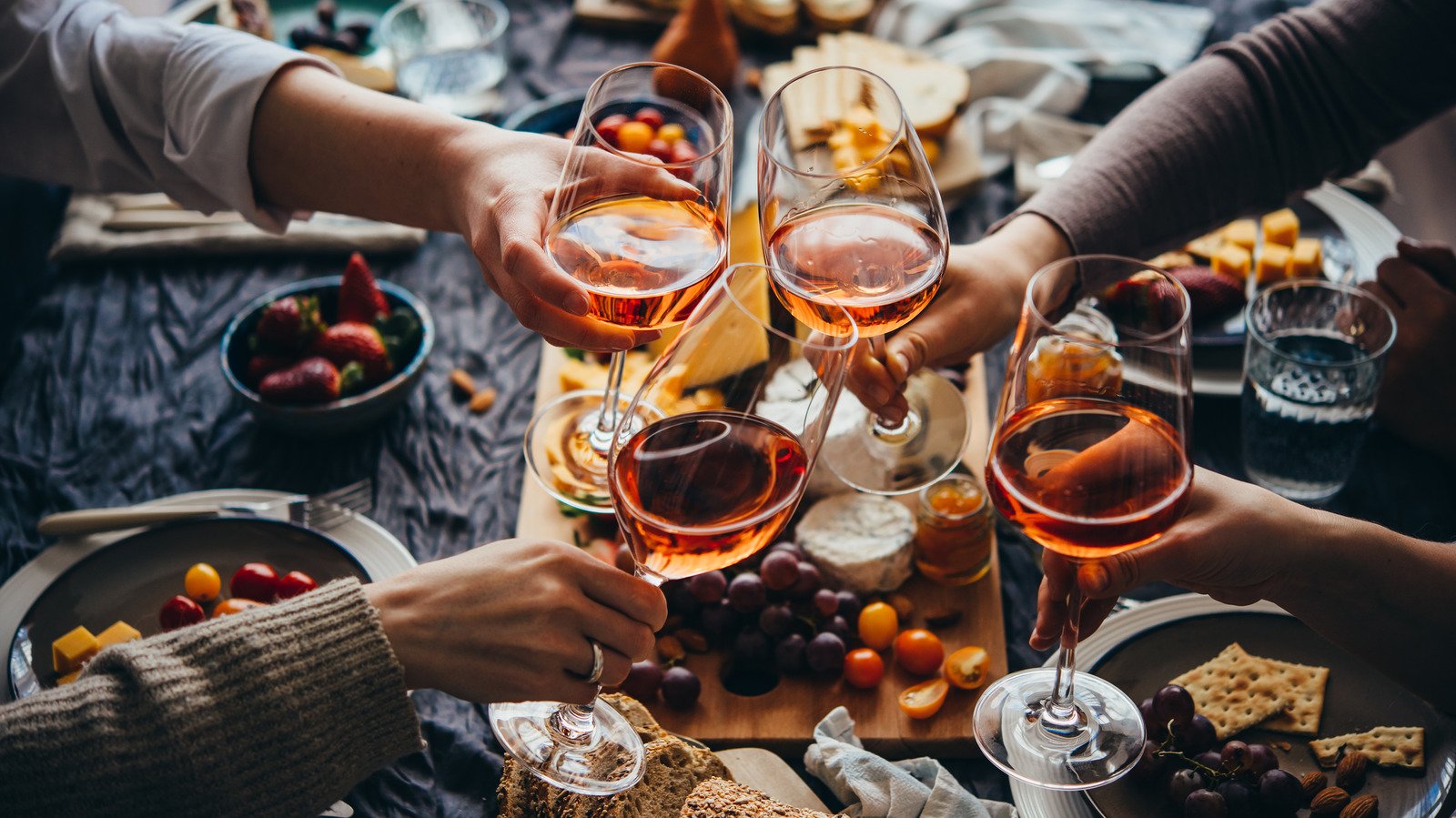How To Approach Food And Wine Pairings When Entertaining
Welcome to the wonderful world of food and wine pairings! Whether you are hosting a dinner party or simply enjoying a meal at home, the right combination of food and wine can elevate your dining experience to new heights. In this article, we will explore how to approach food and wine pairings when entertaining and provide some tips and guidelines to help you make the most of your culinary adventures.
Understanding Flavor Profiles
The key to successful food and wine pairings lies in understanding the flavor profiles of both the dishes and the wines. Different foods and wines have distinct tastes, aromas, and textures that can either harmonize or clash with each other. The goal is to find complementary flavors that enhance each other, creating a memorable dining experience.
Consider the Intensity
When pairing food and wine, it’s important to consider the intensity of flavors. As a general rule, lighter foods pair well with lighter wines, while heavier dishes can handle bolder, more full-bodied wines. For example, a delicate seafood dish would pair nicely with a crisp white wine, while a rich steak might call for a robust red.
Balance Sweetness and Acidity
Another factor to consider is the balance of sweetness and acidity. A sweet dish may require a wine with a touch of sweetness to avoid overpowering the flavors. On the other hand, a highly acidic dish can be complemented by a wine with higher acidity to achieve a harmonious balance.
Matching Regional Cuisines
Exploring food and wine pairings is also an opportunity to embrace the flavors of different cultures and regions. Matching wines with the cuisine of the region can create an authentic and immersive dining experience. For example, pairing Italian food with Italian wines or Asian dishes with sake can enhance the overall enjoyment of the meal.
Consider Traditional Pairings
In many cases, traditional food and wine pairings have stood the test of time for a reason. The local dishes have evolved alongside the local wines, creating combinations that inherently work well together. Researching traditional pairings can provide insight into classic combinations and help you make informed choices when entertaining.
Experiment with Contrasting Pairings
While traditional pairings are a great starting point, don’t be afraid to experiment and try contrasting combinations. Sometimes, unexpected pairings can pleasantly surprise you and create a memorable dining experience. For example, pairing a spicy Indian curry with a sweeter Riesling can create a beautiful balance that tames the heat of the dish.
Consider the Occasion
The occasion itself can also influence the food and wine pairings you choose. For formal events or special celebrations, you may want to select more sophisticated and refined combinations. On the other hand, casual gatherings may provide an opportunity to explore more adventurous pairings and encourage guests to try something new.
Know Your Guests
When entertaining, it’s essential to know your guests’ preferences and dietary restrictions. Some individuals may have allergies or dietary restrictions, such as being vegetarian or gluten-free. Ensuring that there are suitable food and wine options available for everyone will contribute to a more inclusive and enjoyable experience for all.
Consider Seasonal Pairings
Seasonal pairings can also be a great idea, as certain foods and wines are more abundant and flavorful during specific times of the year. For example, in the summertime, a light, refreshing rosé wine pairs beautifully with fresh seafood or a crisp salad.
The Art of Tasting
Lastly, when entertaining and serving food and wine pairings, it’s important to understand the art of tasting. Encourage your guests to savor and discuss their experience with the different combinations. The conversation and engagement around the flavors and aromas can add an extra layer of enjoyment to the dining experience.
Provide Guidance
As the host, you can provide guidance and suggestions to your guests on how to taste the wine and how to pair it with the accompanying dish. Encourage them to take their time, swish the wine around their mouths, and pay attention to the flavors and textures. Sharing your knowledge and passion for food and wines can make the evening more educational and interactive.
Embrace Personal Preferences
Ultimately, the art of food and wine pairing is subjective. Everyone’s taste buds are different, and what works well for one person may not for another. Encourage your guests to trust their own palates and make their own judgments. The goal is to create an enjoyable and memorable experience that reflects their personal preferences.
In conclusion, approaching food and wine pairings when entertaining is an adventure that requires understanding flavor profiles, experimenting with traditional and contrasting combinations, considering the occasion, and embracing the art of tasting. With these guidelines in mind, you can create a dining experience that delights the senses and leaves a lasting impression on your guests.
*Source www.tastingtable.com




































